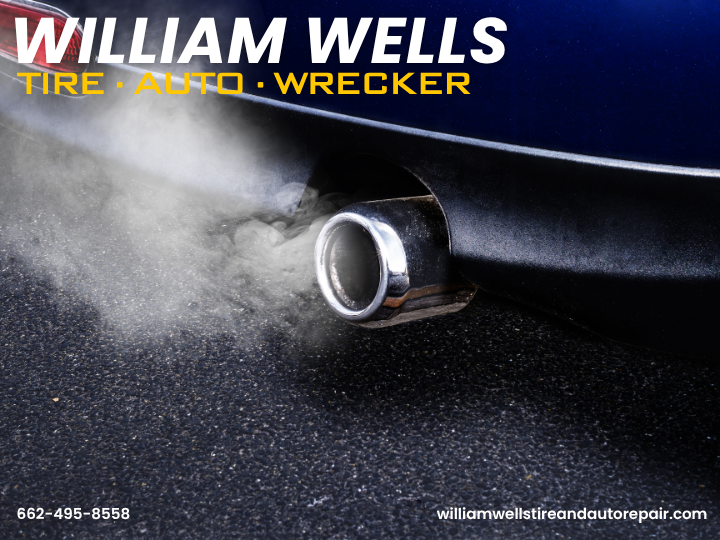As summer winds down and fall weather approaches, road conditions can quickly change. September is the perfect time to check your tire tread depth and make sure your tires are ready for wetter, cooler months ahead. Good tread isn’t just about passing inspections—it’s about keeping your vehicle safe, improving traction, and helping you stop faster when it matters most.
Why Tire Tread Depth Matters
Tire tread is designed to grip the road, channel water away from the tire, and maintain stability. As the tread wears down, your tires lose their ability to perform these functions effectively. This can lead to longer stopping distances, poor handling in rain, and an increased risk of hydroplaning. Adequate tread depth is especially important in fall, when slick leaves, rain, and early frost can make roads more hazardous.
The Minimum Legal Requirement vs. Recommended Depth
In most places, the legal minimum tread depth is 2/32 of an inch. While this might keep you within the law, it doesn’t mean your tires are safe. Many safety experts recommend replacing tires when tread depth reaches 4/32 of an inch, especially if you often drive in wet conditions. More tread gives you better traction, shorter stopping distances, and more control in emergency situations.
How to Check Tread Depth at Home
You don’t need special tools to check your tread. The penny test is a quick method: insert a penny into the tread with Lincoln’s head facing down. If you can see the top of his head, your tread is too shallow and the tire should be replaced. For a more accurate measurement, a tread depth gauge is inexpensive and easy to use. Be sure to check multiple spots on each tire to identify uneven wear.
Causes of Uneven Tire Wear
Uneven tread wear can signal other issues that need attention. Common causes include misaligned wheels, improper tire inflation, or suspension problems. If one part of the tire is wearing faster than the rest, it’s a sign that your tires and possibly other systems should be inspected.
The Role of Tire Rotation and Balancing
Rotating your tires regularly helps ensure even tread wear and extends their lifespan. Most manufacturers recommend rotating every 5,000 to 7,000 miles, but check your owner’s manual for specific guidelines. Balancing the tires also reduces vibration and improves ride comfort, which can prevent uneven wear over time.
Preparing for Fall and Winter Driving
Checking your tread in September gives you time to replace worn tires before winter weather hits. If you need new tires, consider ones designed for all-season or winter use, depending on your driving conditions. Deeper tread will give you better grip on wet, slushy, or icy roads, helping you stay in control even when traction is reduced.
Keep Your Tires Road-Ready Year-Round
At William Wells Tire & Auto in Columbus, West Point, and Starkville, MS, we can measure your tread depth, inspect for uneven wear, and recommend the right replacement tires for your needs. Whether you’re preparing for seasonal changes or just want peace of mind, our team is here to help you drive safely.
Schedule your tire check this September and head into fall with confidence.










